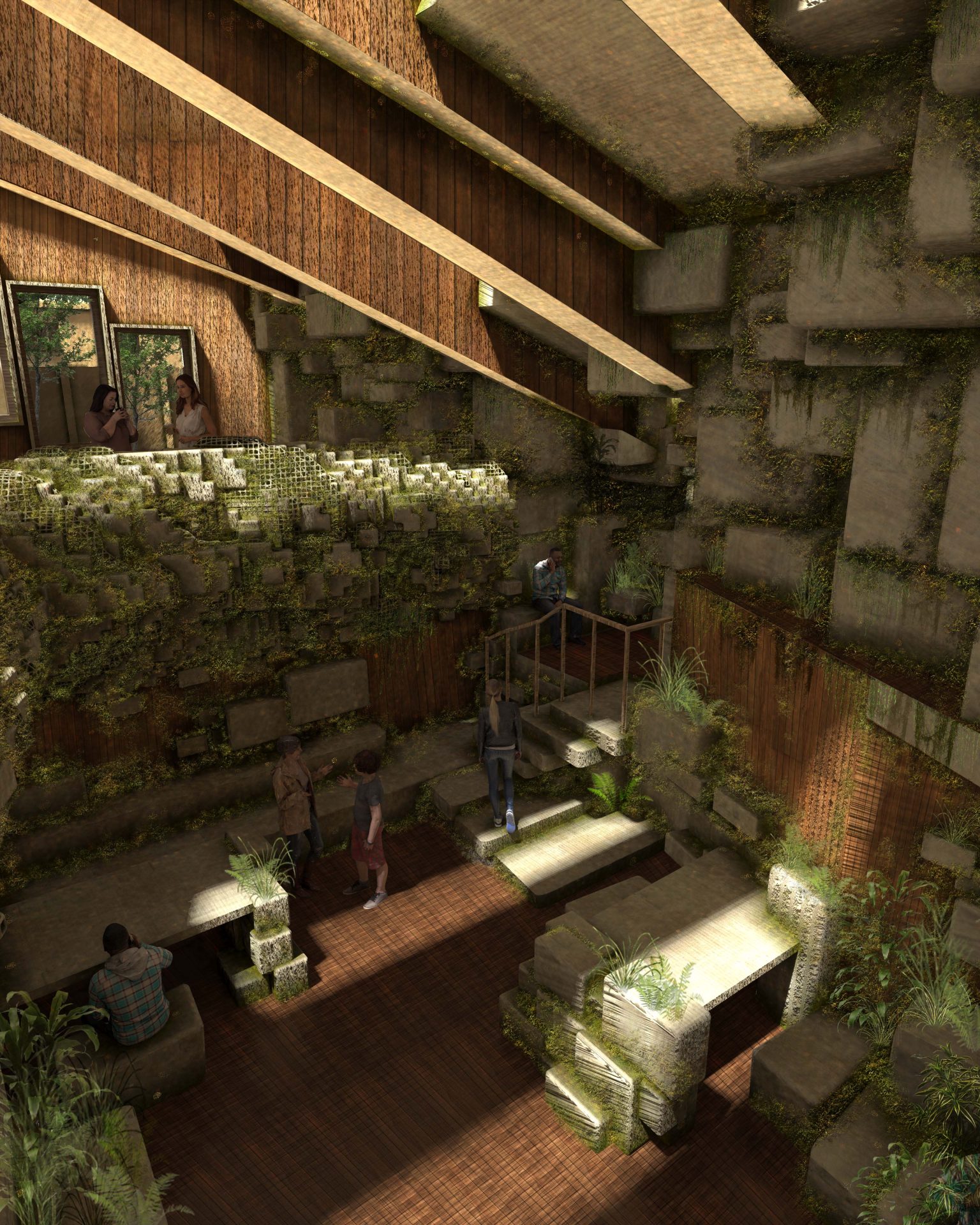“An object of observation can be, in a number of different ways, partly natural, partly artefactual and something that is a natural object might nevertheless not be in a natural state” – Malcolm Budd (2002)
The above by English philosopher Malcolm Budd describes how we might engage and appreciate natural objects. It alludes to the ideas that even if the origin of an object is natural, if it is not in a natural state then it is not appreciated as such.
Do we ever consider the reverse? If the object is a human artefact and is in a natural state, can we begin to appreciate it in the same way as we might appreciate the natural world?
This can be seen with the effects of natural phenomena, such as erosion, staining, and flora propagation, which constantly alter the buildings and places around us. Despite this, we invest time, money and energy in design and maintenance strategies for the consistent removal of these natural processes and consider alternative ‘green architecture’ options to bring nature into the spaces when it was already there to begin with.
In places we design, architects and designers should be inspired to engage and reflect in a more responsive way to natural phenomena. Biophilic expression plays an important part in achieving this and highlighting the innate affinity people have to interact and be close to different forms of nature, which evoke a sense of familiarity.
With a growing role in the world of design, biophilic design is a way to improve quality of life by reconnecting people with nature and their environment. It is becoming an increasingly key design tool post Covid-19 due to changes in the way people now want to live and work. The integration of plants, light, water and other natural elements in interiors and spaces positively affect people’s wellbeing, perception of space and has been found to enhance healing, recovery and cognitive functioning.
The concept can also be applied to architecture and exterior facades, improving the urban landscape from a steel and concrete setting to a greener one, where buildings seamlessly fuse with the natural elements around them. The Barbican Centre in London is one such example of this with its brutalist architecture being integrated with greenery, wild vegetation and water.
All spaces have a natural state which captures both human and natural forms, allowing us to understand and connect to places. The evolving conditions of a space portray human expression as an area is utilised to meet their artistic expression. It is an everchanging process which inspires people through the urban environment, provoking thought, promoting events and inspiring creativity. This human expression creates a natural state which can be designed alongside biophilic expression, merging the two worlds.


